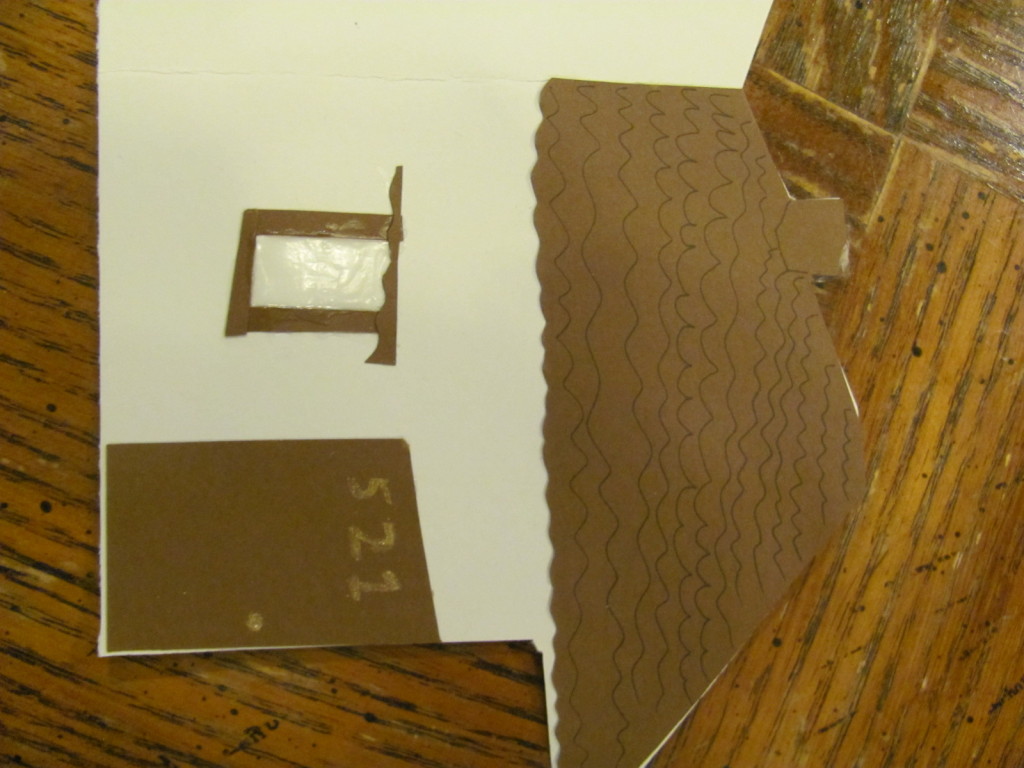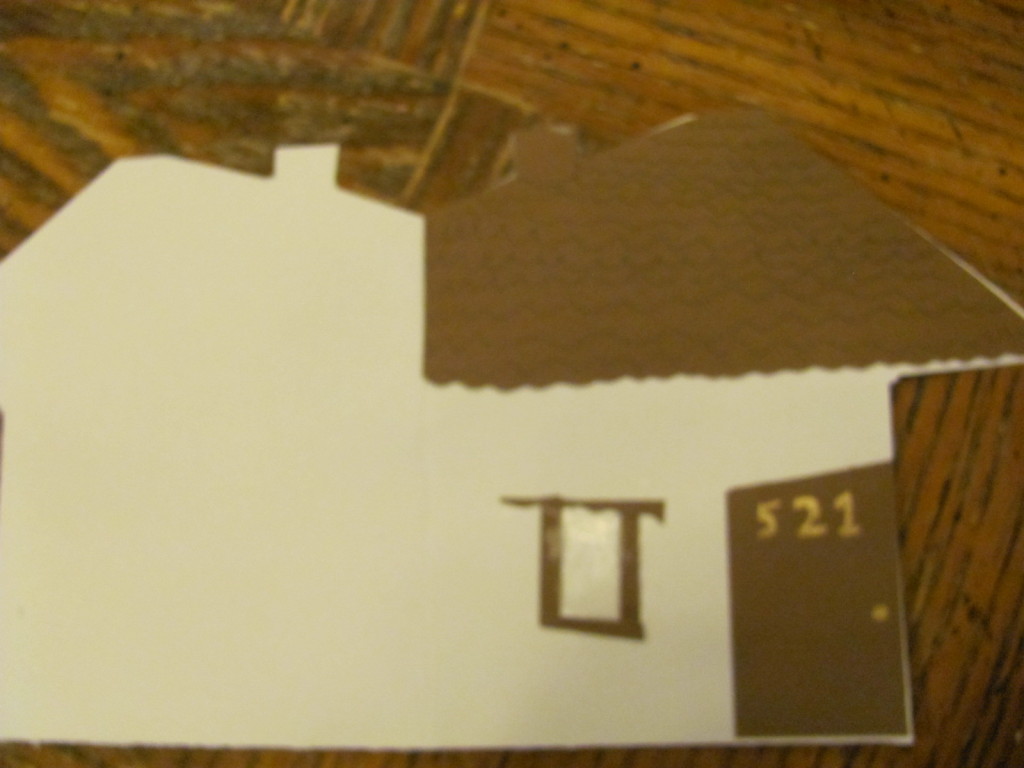Note: If this is your first time to TotalFluff, please visit this brief explanation. Thanks!
Hello, Fluffsters! Happy Thursday!
I think I’ve mentioned that I enjoy music. I especially enjoy movie soundtracks. Particularly when they are composed by Hans Zimmer. (John Williams is also fun, but Hans Zimmer consistently writes music I really like.)
So here’s a bit about
My Favorite Hans Zimmer Soundtracks
1) Muppet Treasure Island. This is true fluff. It’s actually a musical. I don’t know who did the lyrics, but this is some of the most awesome movie music ever composed. Here’s the song about the advantages of becoming a Professional Pirate.
And here’s the movie intro music:
I mean, how epic is that music? Granted, it sounds a whole lot like his Pirates of the Caribbean music in some ways, but oh well. That brings me to:
2) The Pirates of the Caribbean Series. Granted, it sounds a lot like his previous pirate-y soundtrack, Muppet Treasure Island. But it’s still really fun music. It’s fun how in the second movie he uses a special theme for the villain, and plays with it a bit. And pipe organ is a lot of fun! And in the third movie, he introduces another new theme that he plays with a lot. And the fourth movie? It’s got a fantastic soundtrack. Zimmer went way overboard with the melodrama for the new badguy theme. It’s totally epic. I think it’s impossible for it to be more melodramatic!
One of the other things I love about movie four’s soundtrack is that Zimmer makes little references. Heads up, spoiler alert: In the Fountain of Youth scene, when the Spaniards come and start to destroy it, the music totally makes an “old classics” reference. Zimmer pulled in a traditional plainchant theme: The Dies Irae theme. From what I understand, the chant translates to “day of judgement, day of wrath…” and goes on from there. Nice little reference when the Spaniards are judging and being wrathful, don’t you agree?
3) Lone Ranger Soundtrack. From what I understand, in the traditional Lone Ranger genre, the William Tell Overture is “his theme.” Zimmer uses that and incorporates it. He also makes variations on the theme. Sometimes it’s slower. Sometimes it’s a lot darker and more mysterious. But it’s still very recognizable as the William Tell. And as with Pirates, Zimmer uses musical phrase references brilliantly. There is one scene (minor spoiler(ish) alert) where a woman is talking about her days as a ballerina. A portrait of her as a ballerina is shown, and Zimmer pulled in a small, clearly identifiable segment from Tchaikovsky’s Swan Lake during that shot. It’s very well done.
How about you, Fluffsters? What are your favorite soundtracks?



